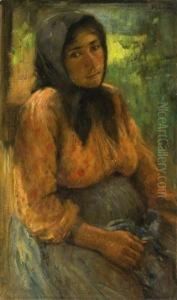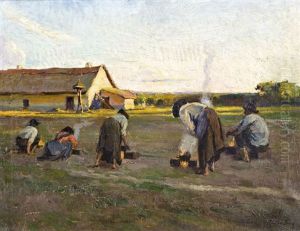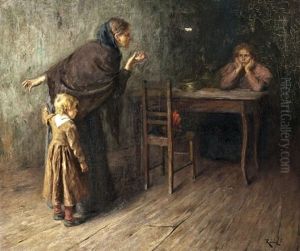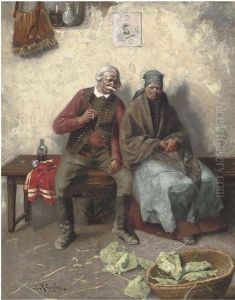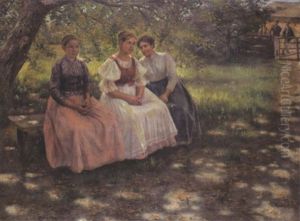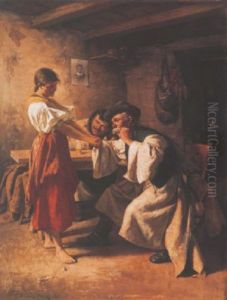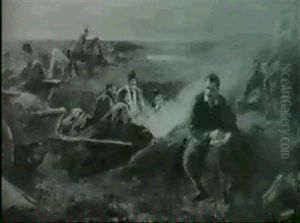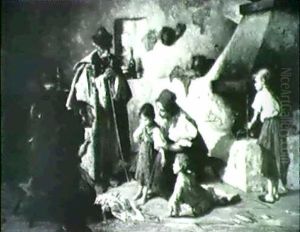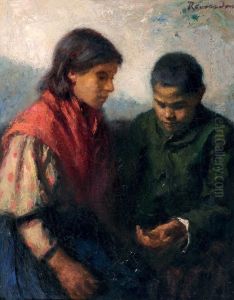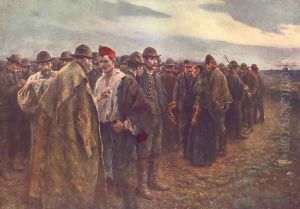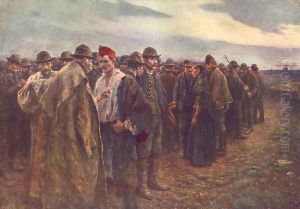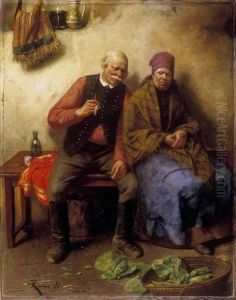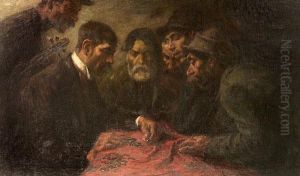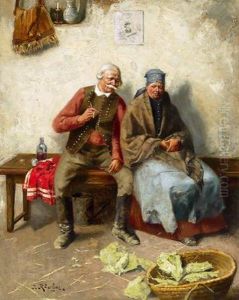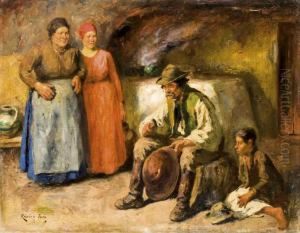Imre Revesz Paintings
Imre Revesz was a Hungarian artist, recognized for his contributions to modern art, particularly in Hungary during the early 20th century. Born in 1909, Revesz's career was cut tragically short when he died in 1945, towards the end of World War II.
Revesz's work was heavily influenced by the political and social climate of his time. Living through the tumultuous periods of the First and Second World Wars, his art often reflected the socio-political unrest of Hungary and the broader European context. He was known for his bold experimentation with form and his use of symbolism to convey his perspectives on the human condition and societal issues.
Despite his relatively short life, Revesz made significant contributions to the Hungarian art scene. He was associated with various artistic movements and groups that sought to bring about change and innovation in the arts. His style evolved over the years, showing elements of Expressionism and Surrealism, with a distinctive use of color and dynamic compositions.
Revesz's legacy is preserved through his works, which continue to be studied and appreciated for their historical significance and artistic merit. While not as widely known internationally as some of his contemporaries, Revesz remains an important figure in Hungarian modern art history. His life and work reflect the resilience and creativity of artists working under challenging circumstances, and his influence can still be seen in the works of later Hungarian artists.

